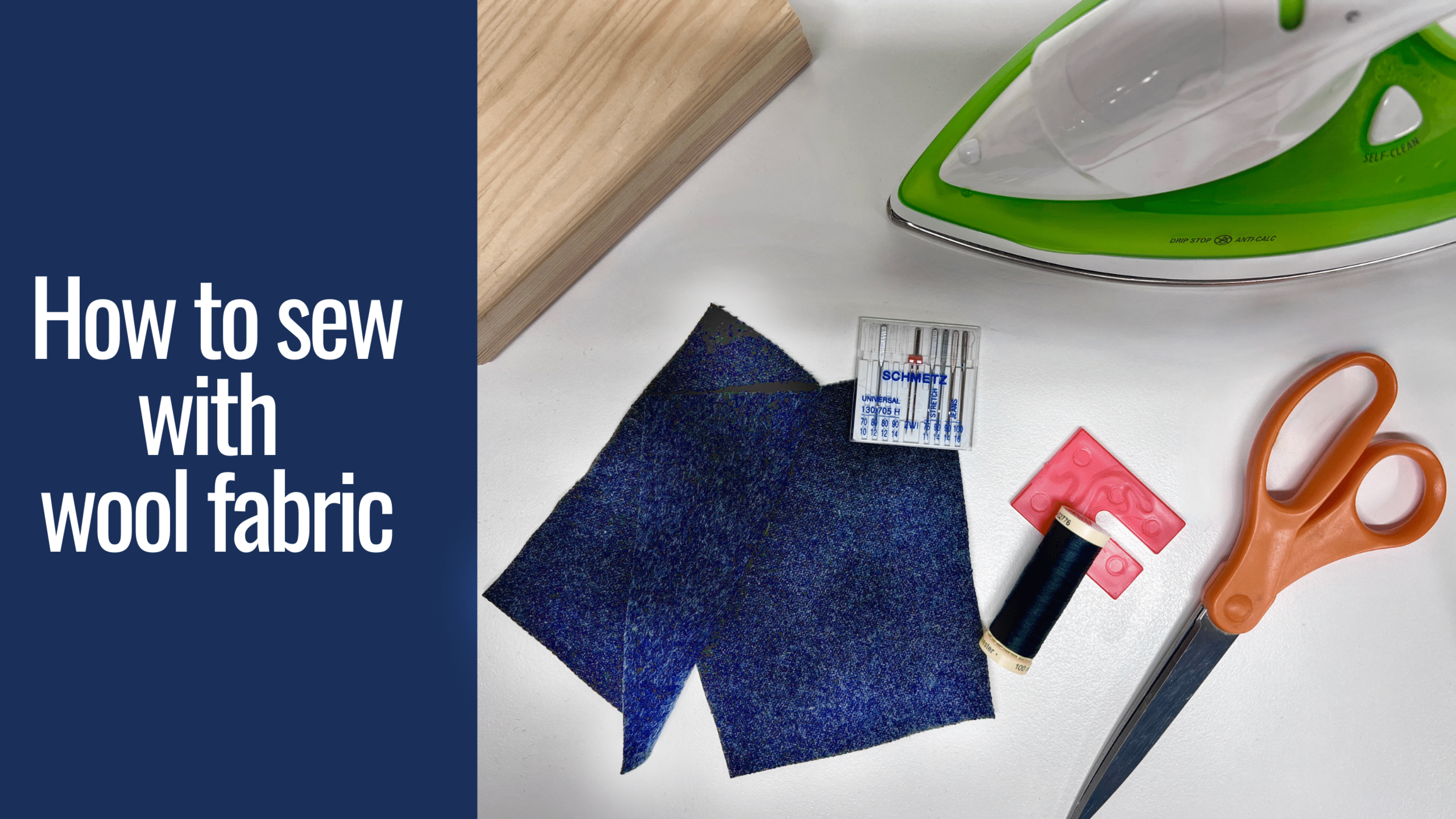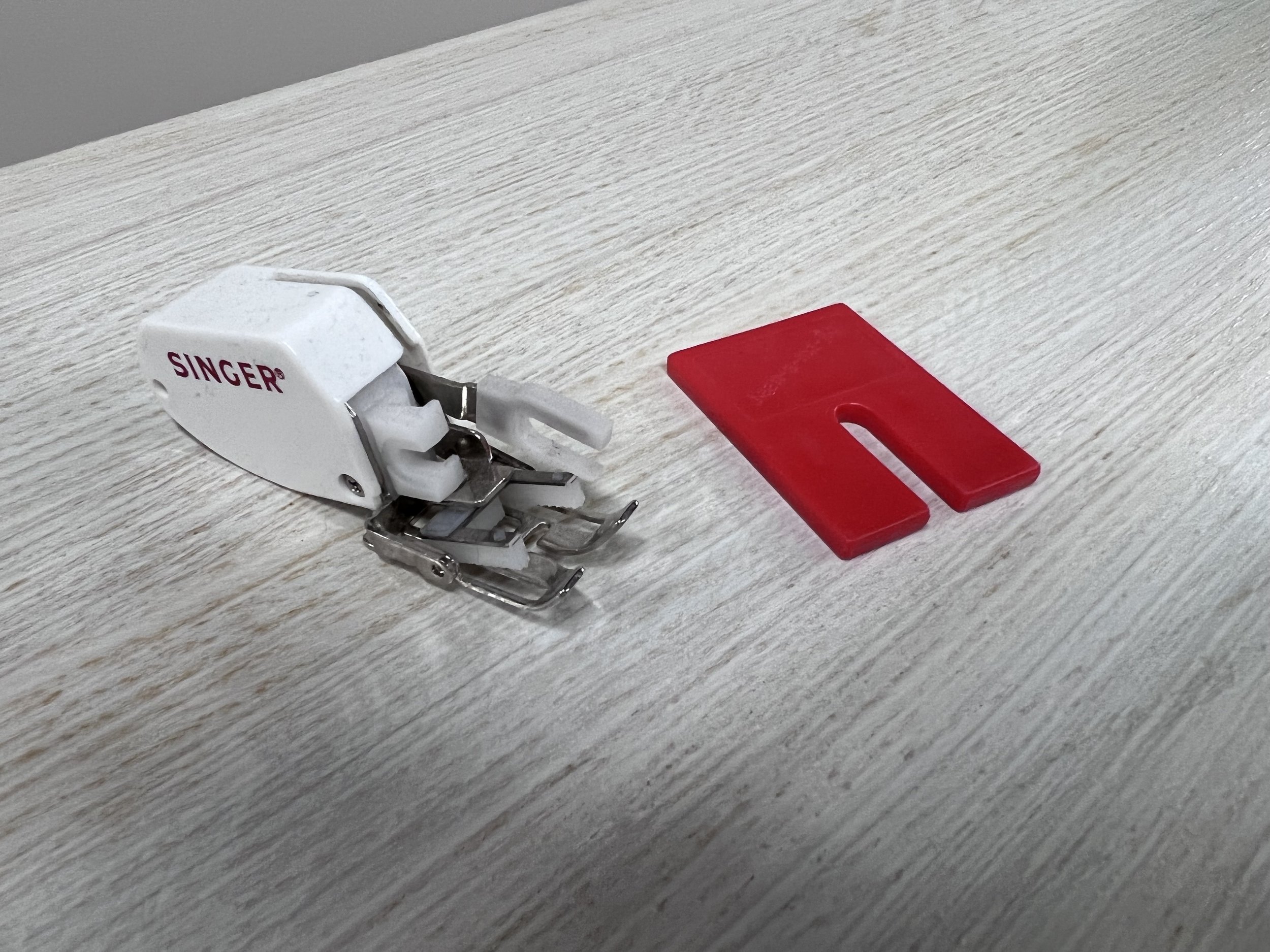How to how to sew with wool fabric?
I’ve been seeing this questions asked again and again on Instagram within the sewing community…. How do you sew with wool? How do you pre-treat wool? Do I have to wash wool? It seems like everyone is working on those winter coats and they’ve never worked with wool before and there are some things you do need to do before you event cut your pattern pieces.
First off, wool is a natural fiber and great for cool weather clothing such as sweaters and coats. Many people are afraid to work with it, but its actually really easy to work with wool. You just have to remember a few key things.
Before you begin working with wool you have to pre - treat the fabric. You can NOT skip this step! Again for the people in the back that don’t pre-treat their fabric (trust me I’m usually one of those), you HAVE to pre- treat your wool and there are Three ways you can do this. Any one of them works!
PRE - TREAT YOUR FABRIC AKA. SHRINK IT!
Put it in the dryer on the highest drying setting with another garment that is wet for 30 minutes.. You want that other garment to be wet because the dryer will steam up with the heat and water from the extra garment. Your wool fabric will shrink in the process in there.
You can put your iron on the highest setting. Most irons have a wool setting and make sure the water reservoir is full. You will hover (key word HOVER) the iron over the wool fabric about 1/2” and this will also help you pre-shrink the fabric. Depending on how much fabric you have this can take a long time. Its also a great way to test the fabric if you want to do option 1 above.
Take it to the cleaners and ask them to dry clean it for you. That is third option but also depending how much fabric you have can also be pricey.
I usually prefer option 1. Its the quickest, cheapest and easiest way to pre-treat your fabric.
SEWING NEEDLES
You can use a universal sewing needle for wools. So 80 / 12 with light wools (thinner needle), 90 /14 for medium wools and 100 /16 for heavy wools… and this is like bag making wools. So for garments stay with 80/12 or 90/14 sewing needles.
STITCH LENGTH
If you are sewing with a thick coating fabric I suggest you lengthen your stitch to around 3mm to 3.5mm. If its a lighter fabric then 2.4 to 3mm will do. Don’t forget to lower the pressure foot a little! Its always good to test it on a scrap piece of fabric. I stick with my regular presser foot for sewing with wools and polyester thread. I’ve never had any issues with either.
INTERFACING
Yes, you still have to interface those facings! So make sure you use a medium weight fusible interfacing.
GRADE THOSE SEAM ALLOWANCES
Don’t forget to grade your seam allowances! It reduces the bulk in the seams and it will be easier when you press those seams and it will give you an overall nicer look.
Grade your seam allowances. Perhaps cut one side to 1/8” and the other to 1/2” so when they are pressed together they don’t form an indentation on your garment.
PRESS THOSE SEAMS
Once you stitch a seam, press those seams open and make sure you use a wooden clapper. I’ll be honest after all these years I still don’t have a fancy wooden clapper and I have no intention of getting one any time soon. I should invest in one, but guess what a flat piece of wood does the job! So I go au natural with a 8” long 2 X 4” Chunk of wood. Avoid the shiny look on your wool. So make sure you set your iron to a medium setting, I always use a pressing cloth and lots of steam for wool.
LASTLY,
Use a jean-a-ma-jig, (if you don’t have one handy…you can also fold a piece of wool a few times) if you need to for any bulky starts to your stitching or a walking foot on your sewing machine if you need a little help moving the fabric. Sometimes I use it when a coat starts getting a little heavy, most of the time I stick with my regular presser foot.
Walking foot (left) and Jean a Ma Jig (right)
STORING WOOL GARMENTS
It is good that you store your finished garment in a safe place because moths and carpet beetles LOVE wool. So at the end of the season store (make sure you get it dry cleaned first) in a plastic big and set either some sprigs of lavender or fragrant pieces of cedar. I stay away from the moth balls because those don’t smell so nice.




